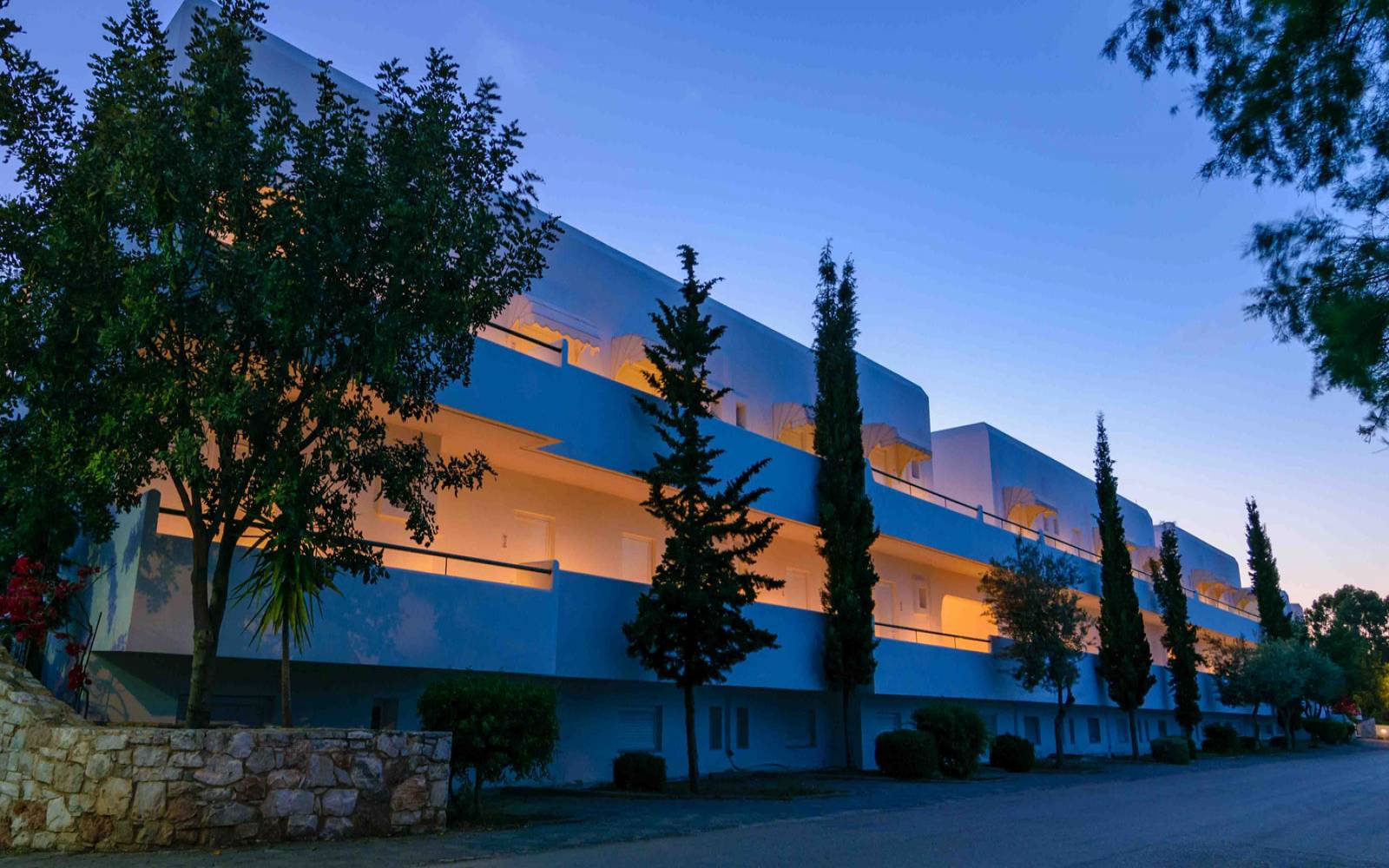Mycenae
Mycenae (Greek Μυκῆναι Mykēnai or Μυκήνη Mykēnē) is an archaeological site in Greece, located about 90 km south-west of Athens, in the north-eastern Peloponnese. Argos is 11 km to the south; Corinth, 48 km to the north. From the hill on which the palace was located one can see across the Argolid to the Saronic Gulf.
In the second millennium BC Mycenae was one of the major centres of Greek civilization, a military stronghold which dominated much of southern Greece. The period of Greek history from about 1600 BC to about 1100 BC is called Mycenaean in reference to Mycenae.
The etymology of Mycenae most probably derives from the Greek word "μύκης" (mycēs) meaning mushroom, and also any knobbed mushroom-shaped body.[1] Pausanias describes how Megapenthes founded the city and named it from the cap(mycēs)from the sheath of his sword, but also that Perseus named his city after the juice of a mushroom.[2] (It is important to recognise that wine (Gk oinos), then a major Mycenaean export, is made by a fungus, i.e. yeast.)[3] Botanical words such as mycology, Mycena, Mycelium, Mycetozoa etc., also derive from "μύκης".
The reconstructed Mycenaean Greek name of the site is Mukānai, which has the form of a plural like Athānai. The change of ā to ē is a development of later Attic-Ionic.
Although the citadel was built by Greeks, the name is not thought to be Greek, but is rather one of the many pre-Greek place names inherited by the immigrant Hellenes. According to John Chadwick the name of Mycanae is of pre-Greek origin.[4] The pre-Greek language remains unknown, but there is no evidence to rule out a member of the Indo-European superfamily. (See Pelasgian, Minyans)
Only scattered sherds from disturbed debris have been found datable to the Neolithic (prior to 3500 BC). The site was inhabited but the stratigraphy has been destroyed by later construction.
Source: Wikipedia







